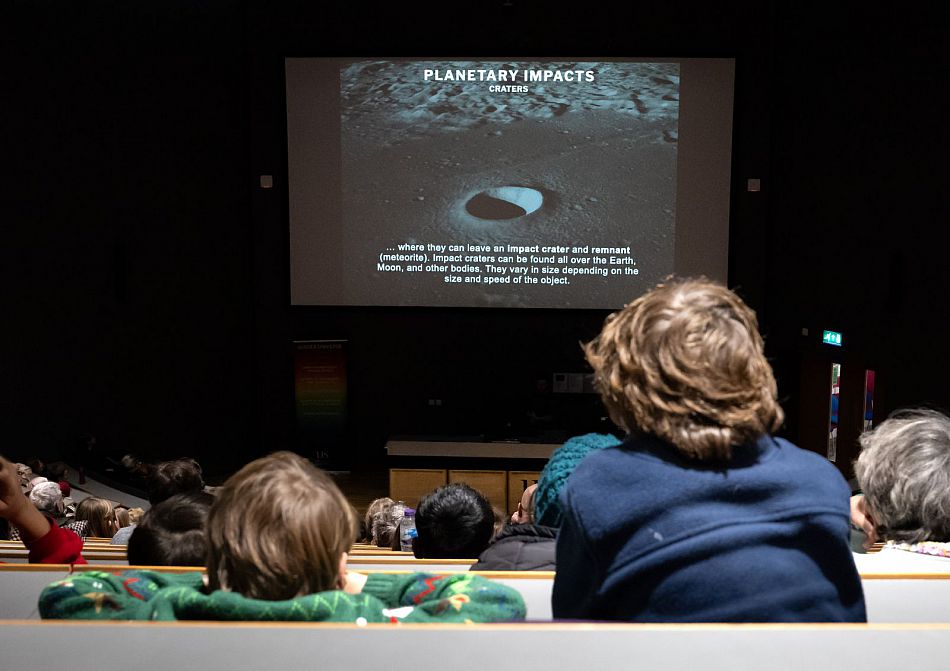Physics and Astronomy outreach and public engagement
Find out how we help science teachers inspire their students through various events.

Our offering
Join us in celebrating the potential of physics and astronomy. Whether you're a student, a teacher, a researcher or simply curious about the world of science: there's something for everyone.
Book a university or school visit
We know that schools have a key role in motivating and enabling students to pursue higher education.
Our free talks and workshops are delivered by researchers or our trained postgraduate and undergraduate students, serving as role models for the next generation of physicists.
All activities can be experienced at the University of Sussex. We also arrange visits to local schools.
Attend a public event
For the public, our researchers deliver talks and presentations at public events.
We inspire curiosity, spark dialogue and cultivate a passion for learning science.
Visit us during an Open Day to find out more about student life in Physics and Astronomy, hear talks on current research, meet our staff and students and explore our amazing campus.
Attend a Sussex Universe public lecture, bringing together world-class academics and experts from diverse STEM fields.
Contact
You might also be interested in: